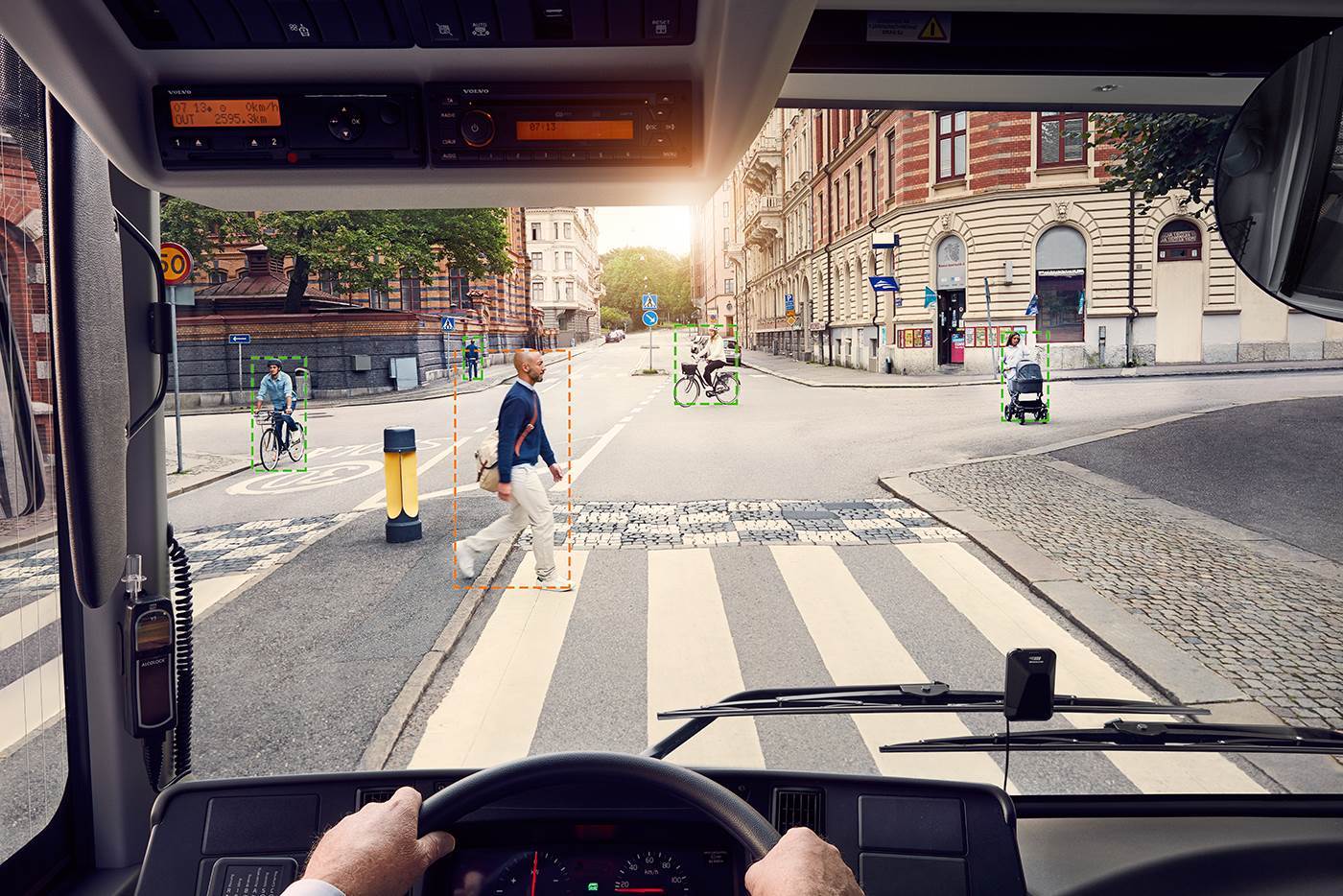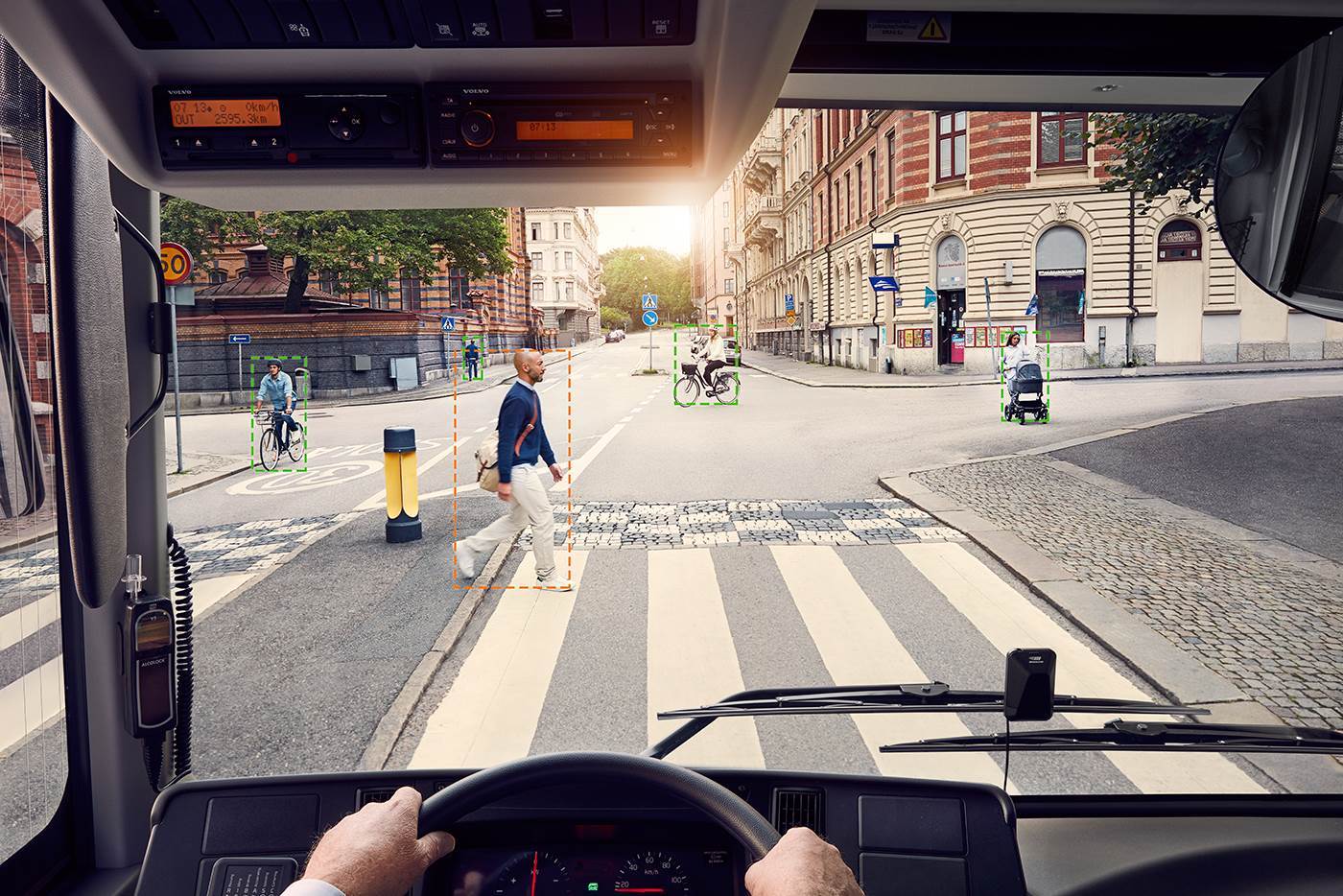Volvo’s e-buses, which are already shuttling passengers in some European cities, are silent operators like other electric vehicles out there. The automaker’s idea of minimizing their chances of colliding with pedestrians, however, is giving them the capability to make a lot of noise. Volvo’s new pedestrian and cyclist detection system uses a camera to constantly monitor its buses’ surroundings. If it spots someone nearby, it emits a gentle warning sound to signify that a vehicle is approaching. It also uses audio and visual cues to alert the driver of people nearby, just in case he’s fallen asleep at the wheel. If it senses an “imminent risk of an accident,” though, it does more than just give off a few beeps: it honks. Loudly.
Despite all the noise its electric buses will be able to make, the company promises they still won’t be as loud as their gas-powered counterparts. Volvo Director Peter Danielsson said in a statement:
“The bus can be heard — but without being disruptive. We’ve solved this problem by developing a synthetic background sound with a frequency range that is not perceived as disruptive. For instance, it does not penetrate windows with triple glazing, unlike the low-frequency noise made by a diesel engine.”
The Swedish corporation will roll out its new detection system to its European fleet by 2017. You can watch a demo of how it works below, though, complete with samples of the vehicles’ “non-disruptive” warning beeps.
[embedded content]








